Original link: https://yinji.org/5149.html
I rarely go out and haven’t been to many museums. So far I have only visited the Jiangxi Provincial Museum, the Jiujiang Museum and the Pingxiang Museum. The first two were lazy and I only took photos and did not write them down as travel notes, which is a real pity. Two days ago, my girlfriend and I went to visit the museum in our hometown of Pingxiang. Today I am sorting out the photos and writing a travel note.
Pingxiang Museum is located at No. 376 Binhe East Road, Pingxiang City, adjacent to the Autumn Harvest Uprising Square and Rainbow Bridge, facing Jinluo Peak and Tiger-shaped Mountain, Pingshui River to the west, and Ehu Park below. The main building of the new museum is 6 stories high, with a height of 28 meters, covering an area of about 26,000 square meters and a construction area of about 16,900 square meters. There are display and exhibition areas, folk customs areas, academic research areas, administrative office areas, audience service areas, etc.
Pingxiang Museum. (2023-10-05). Baidu Encyclopedia. https://baike.baidu.com/item/Pingxiang Museum/1663230
Entering the museum, I forgot to take a panoramic photo, which was also one of my regrets, so I borrowed the photo from the museum’s official website.
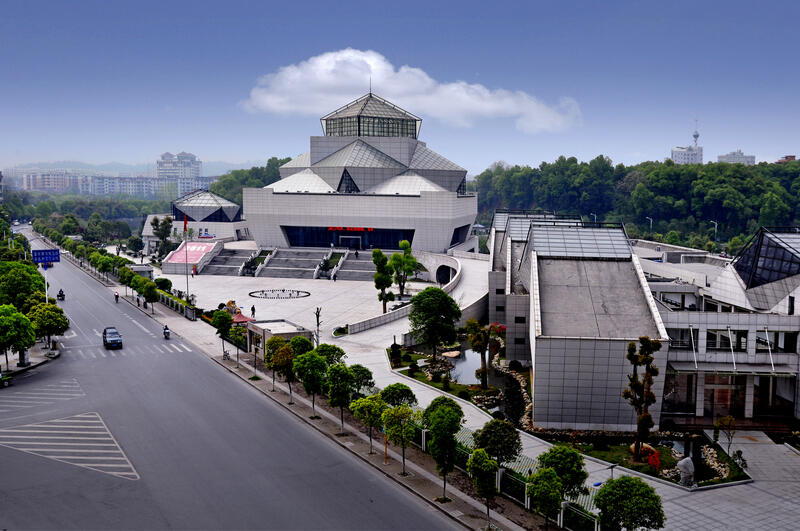
The Pingxiang Museum has four floors and three units, namely Shanshui Shuqing, Zhaoping Historical Relics, and Sangzi Junyan.
Beautiful scenery
The Shanshui Shuxiang unit is located on the second floor of the museum. It mainly introduces the natural environment of Pingxiang, including animal and plant populations and mineral resources, including animal fossil remains from ancient times.
It was only when I arrived at the Pingxiang Museum that I learned that dinosaur eggs and dinosaur fossils had been excavated here. Between 2002 and 2014, 248 dinosaur eggs were discovered in the Cretaceous red layer. In 2008, dinosaur skeleton fossils were discovered in the same geological layer in the same area.

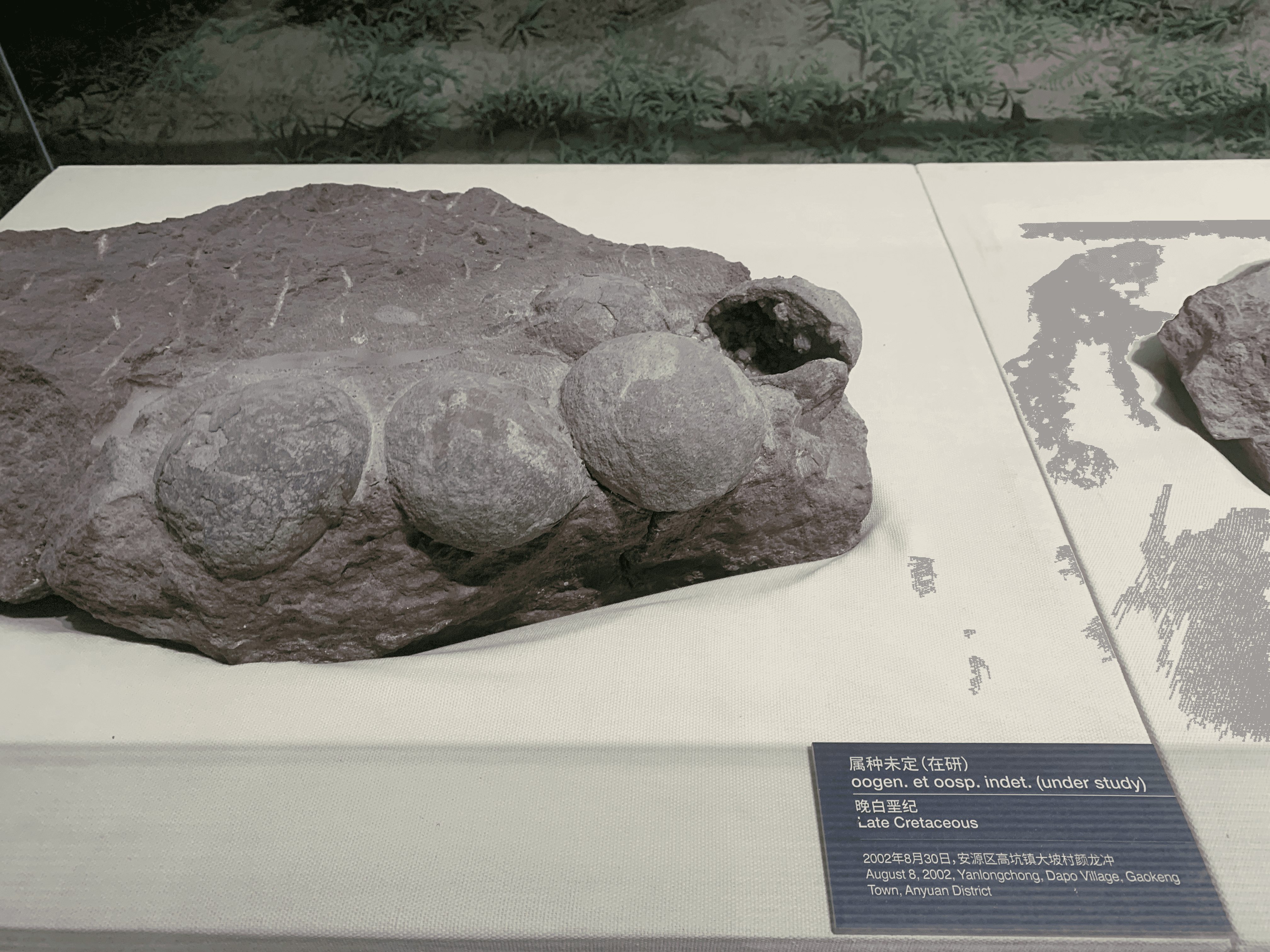
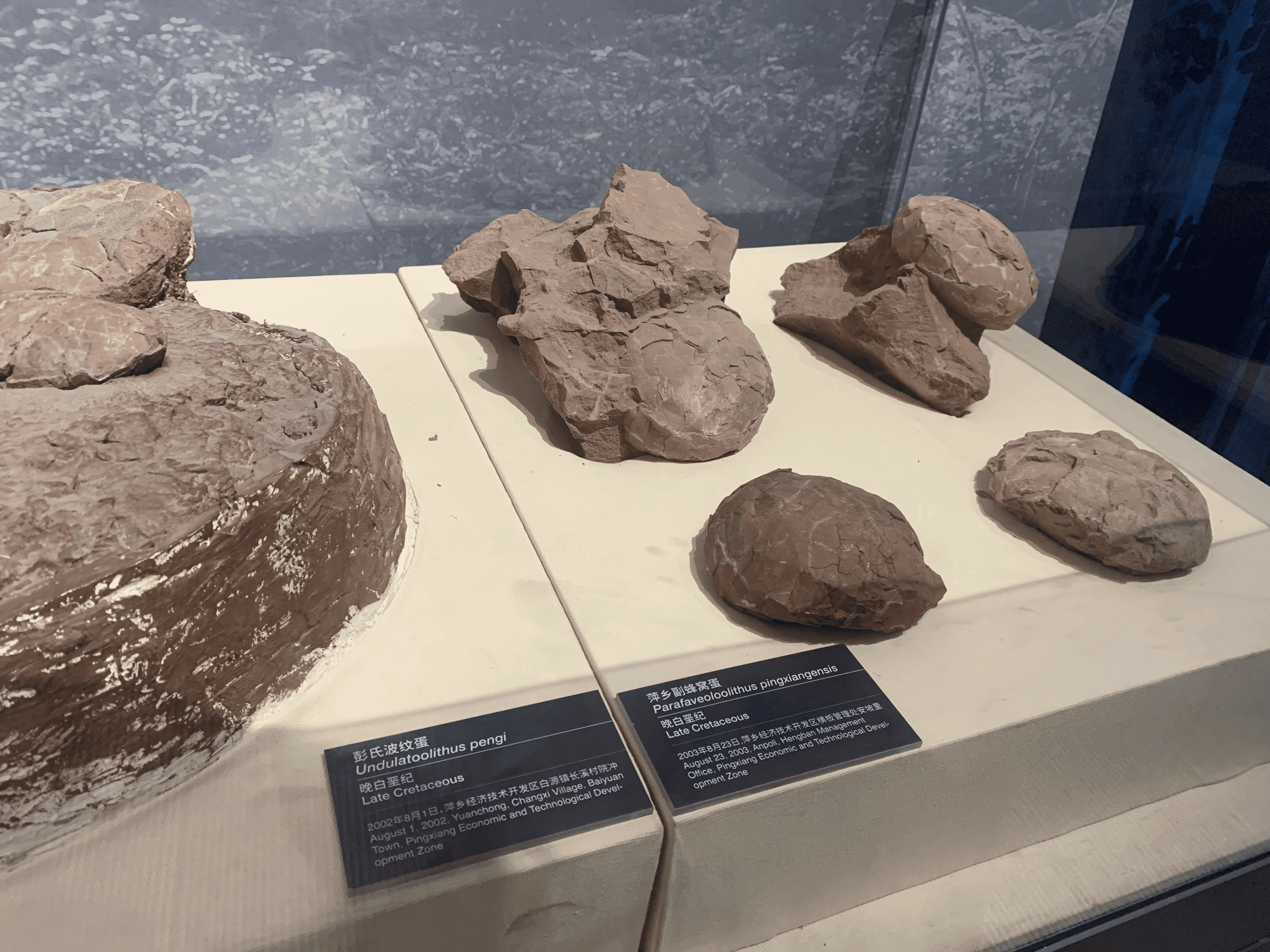
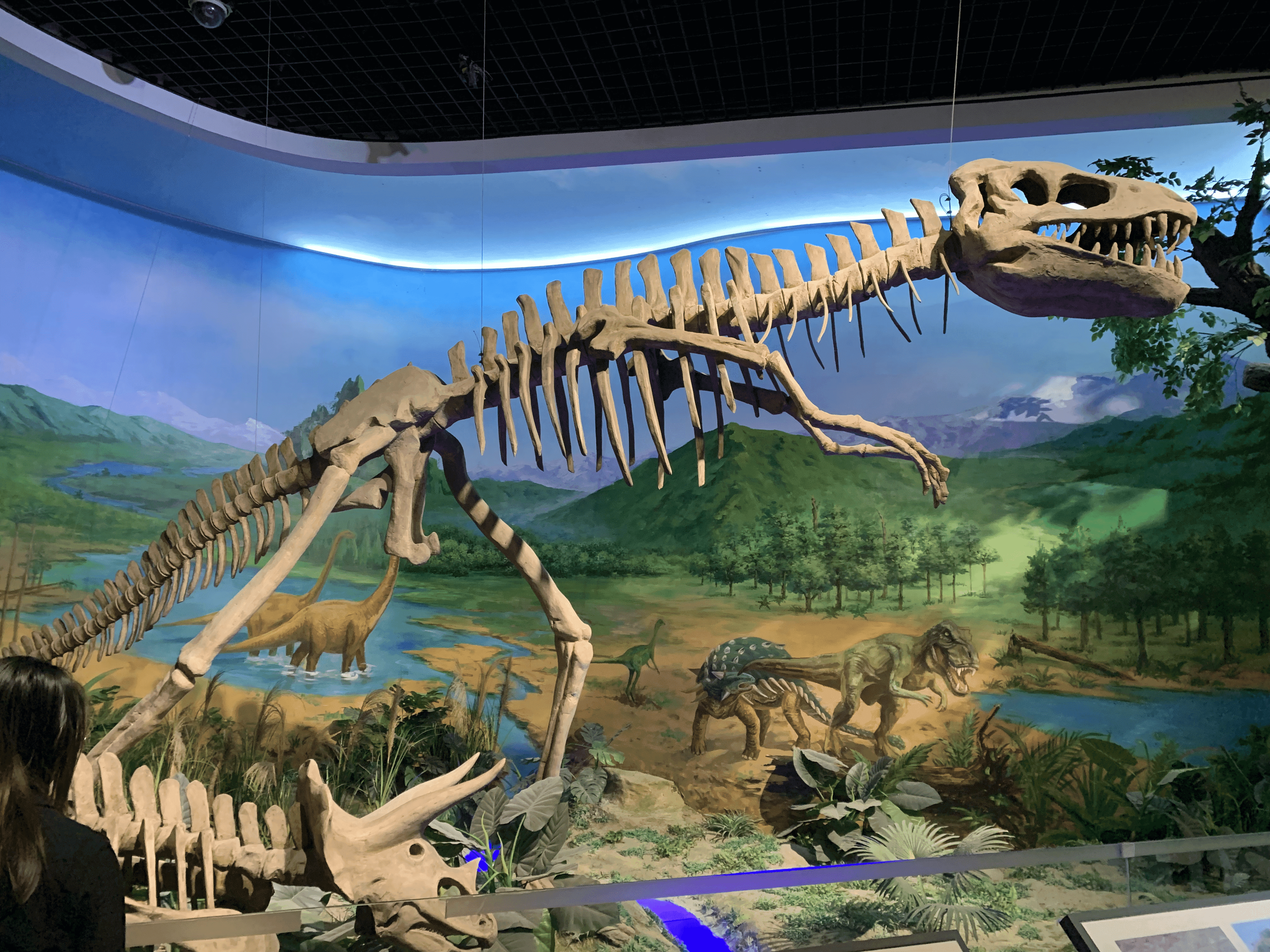
In addition to dinosaur fossils and eggs, there is also a giant Ganoderma lucidum – the Chinese Ganoderma King. In 2002, a giant Ganoderma lucidum weighing 110 kilograms was found on a green oak tree (commonly known as the Shijing tree) hugged by several people in the virgin forest of Wugong Mountain. It was called “rare in the world and the first in Asia.” After comparison by researchers After analysis, it was determined that it was the southern Ganoderma lucidum belonging to the Ganoderma family and Ganoderma genus.
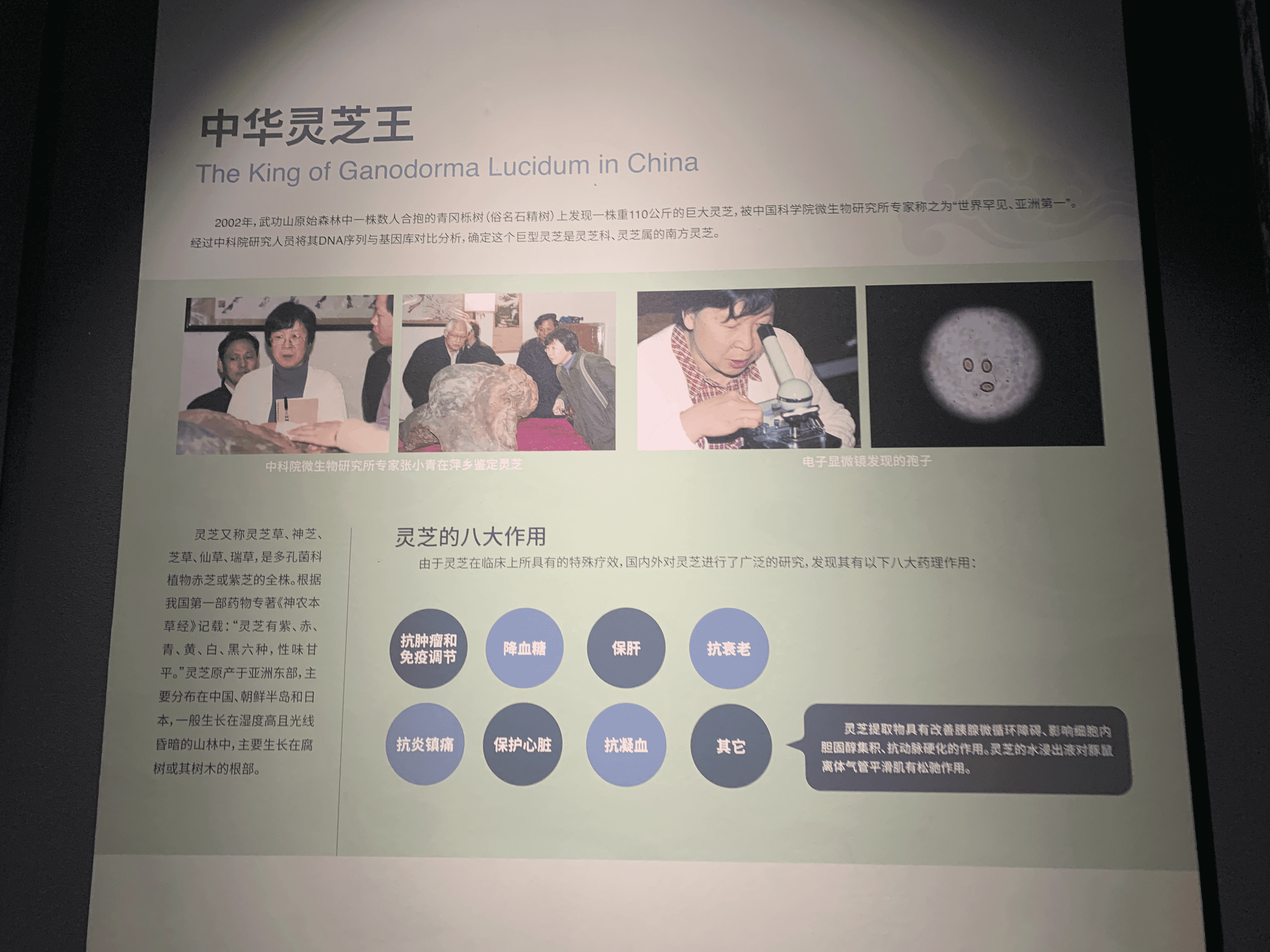

Zhaoping historical sites
The Zhaoping Historical Relics Unit is located on the third floor of the museum. It mainly introduces the production and life history of humans in Pingxiang from the late Neolithic Age to the Qing Dynasty. It focuses on creating the historical context of Pingxiang’s political, economic and cultural development since the second year of Wu Baoding (267) in the Three Kingdoms.
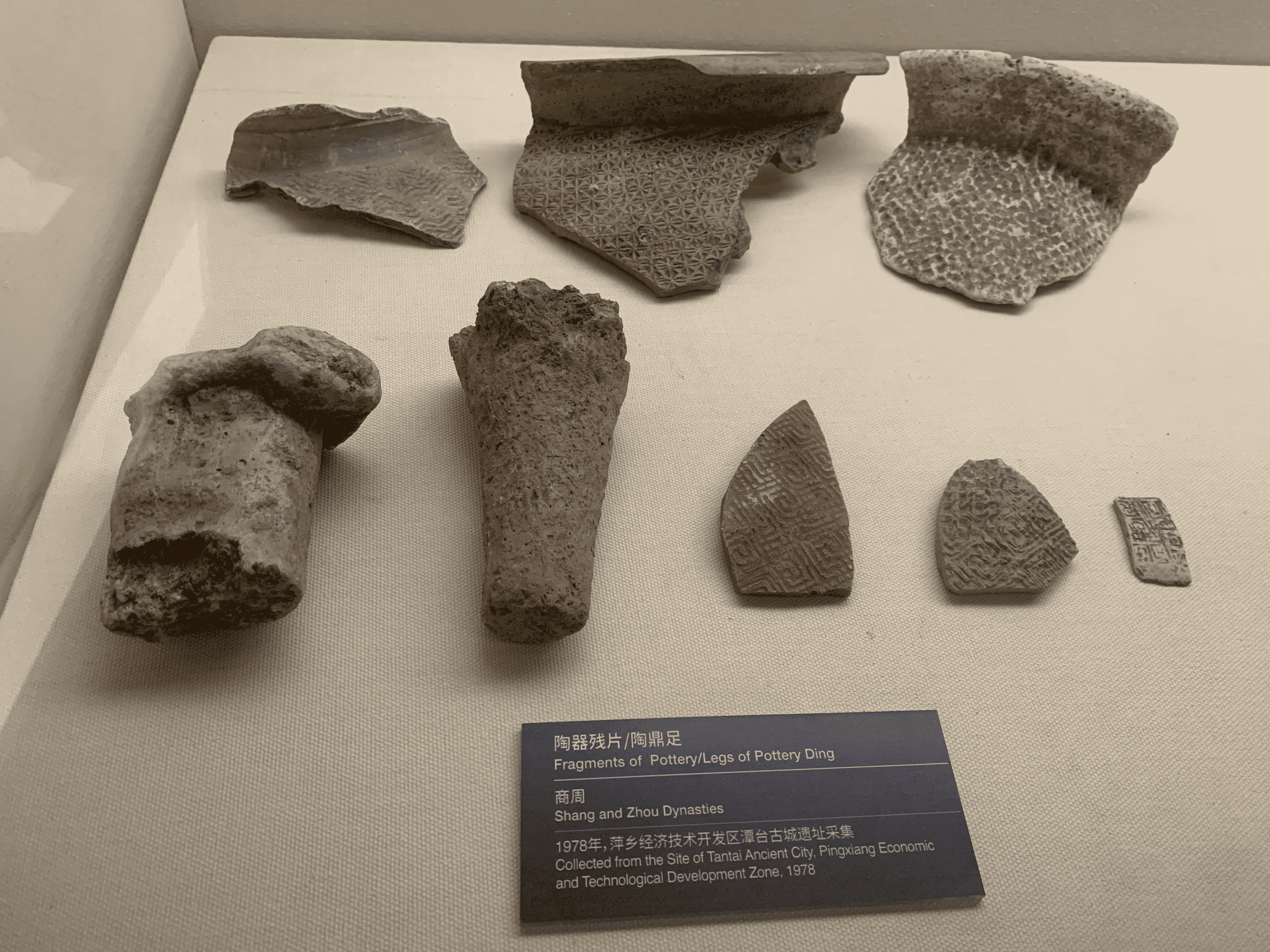

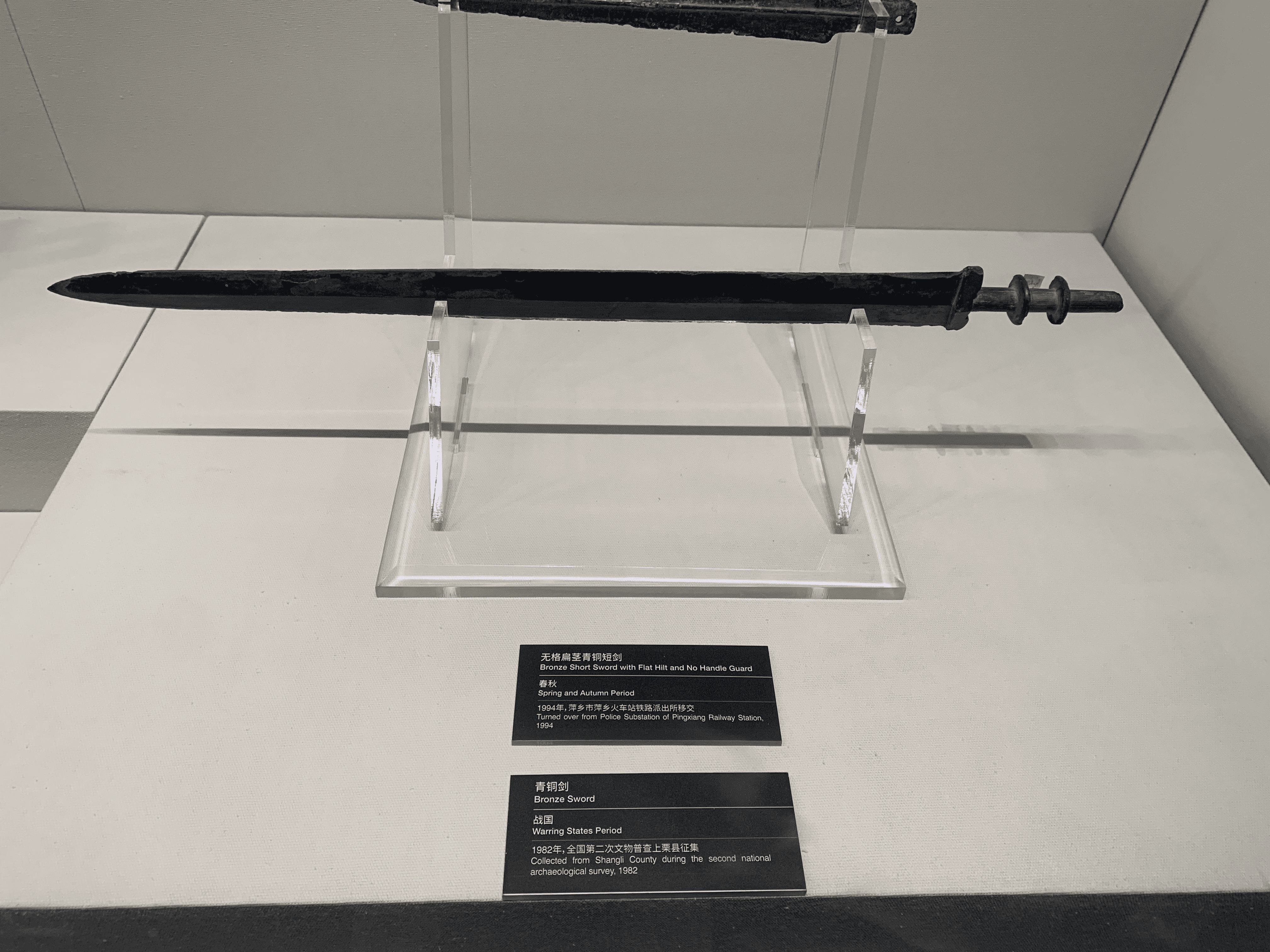
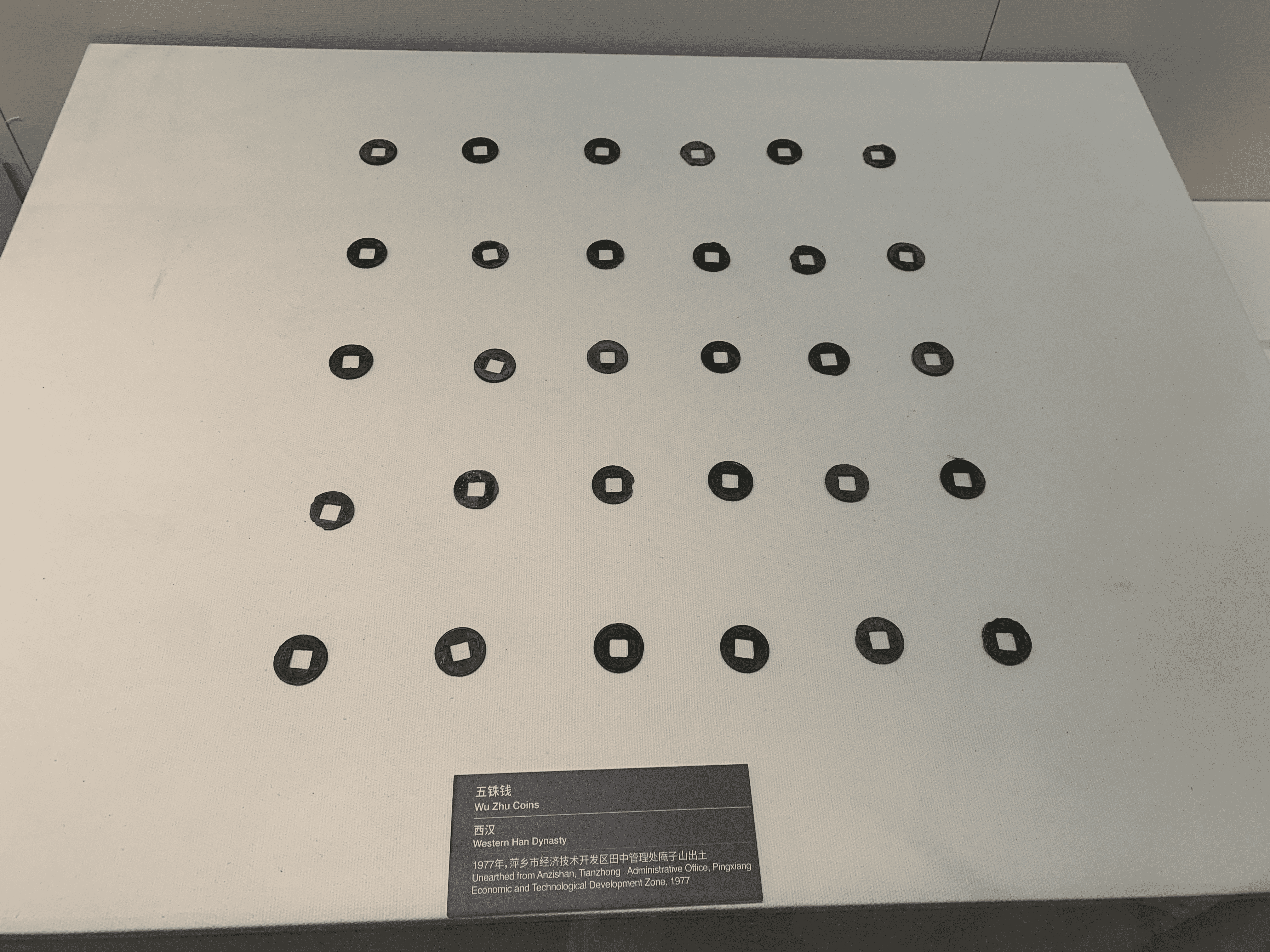
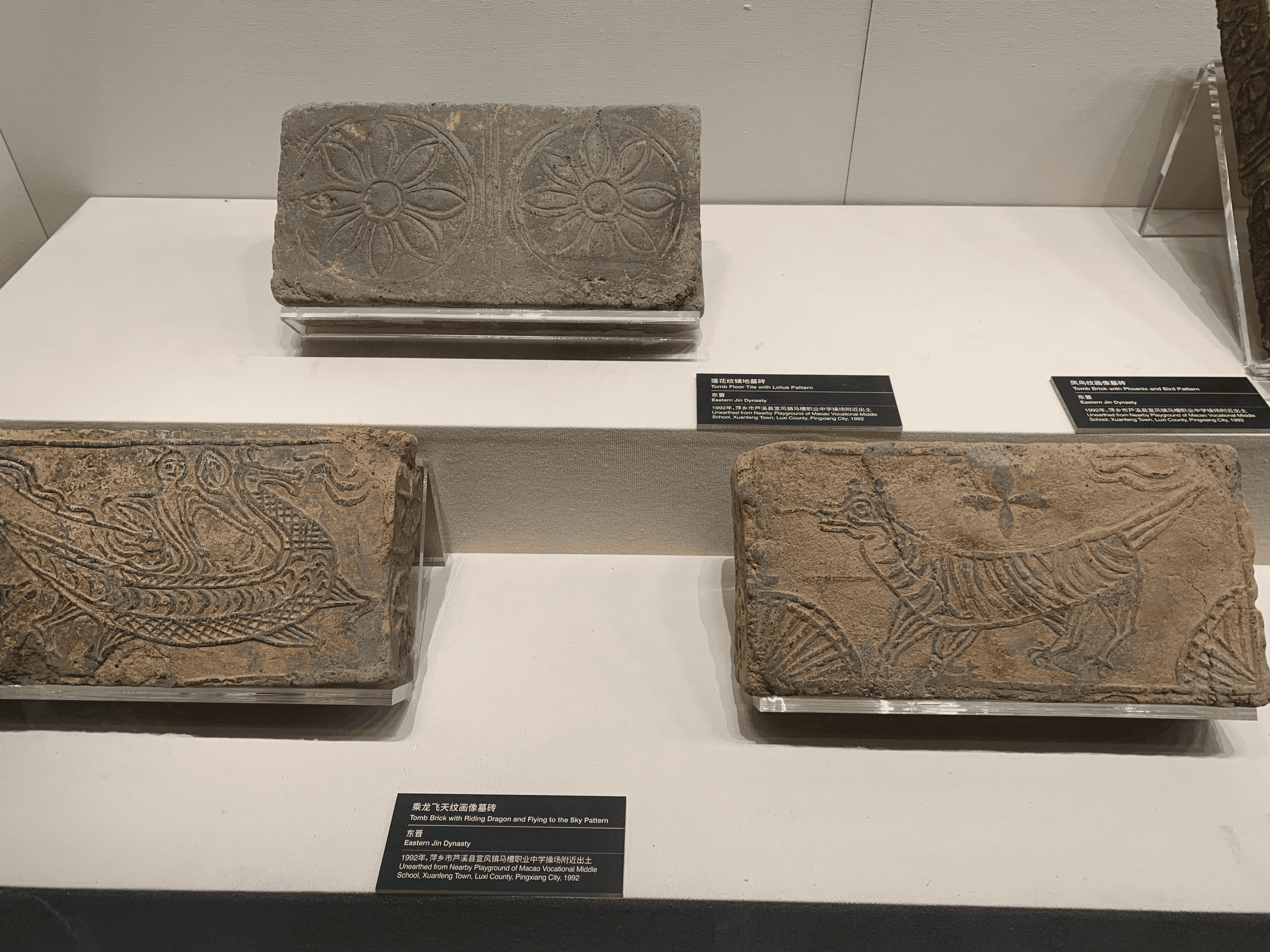
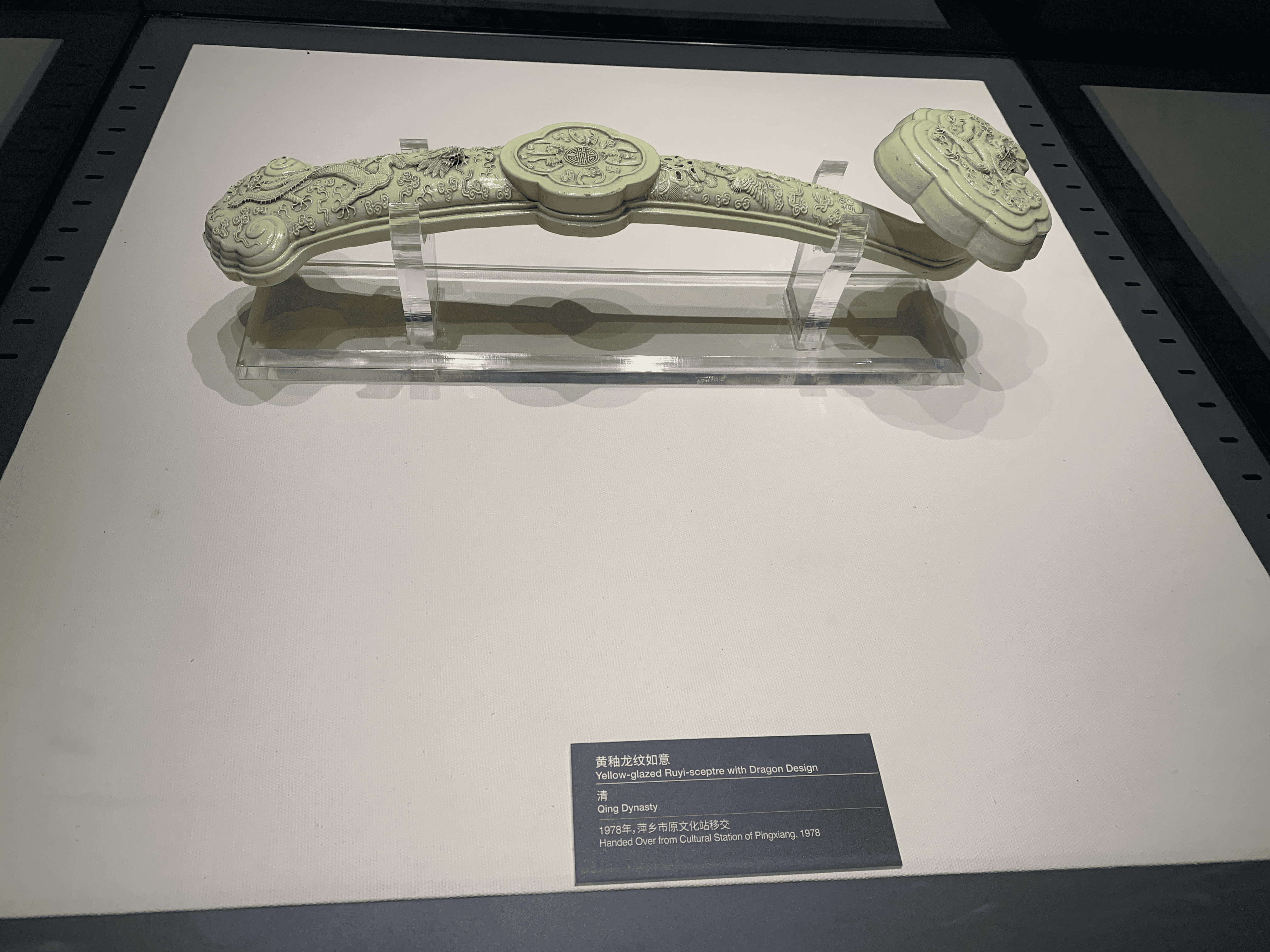

Toshihiko Sangzi
The Sangzi Honors Unit is located on the fourth floor of the museum. It mainly introduces the ancient village sages of Pingxiang, as well as modern military and political figures, academic elites, celebrities, and the traditional culture of the Pingxiang area.
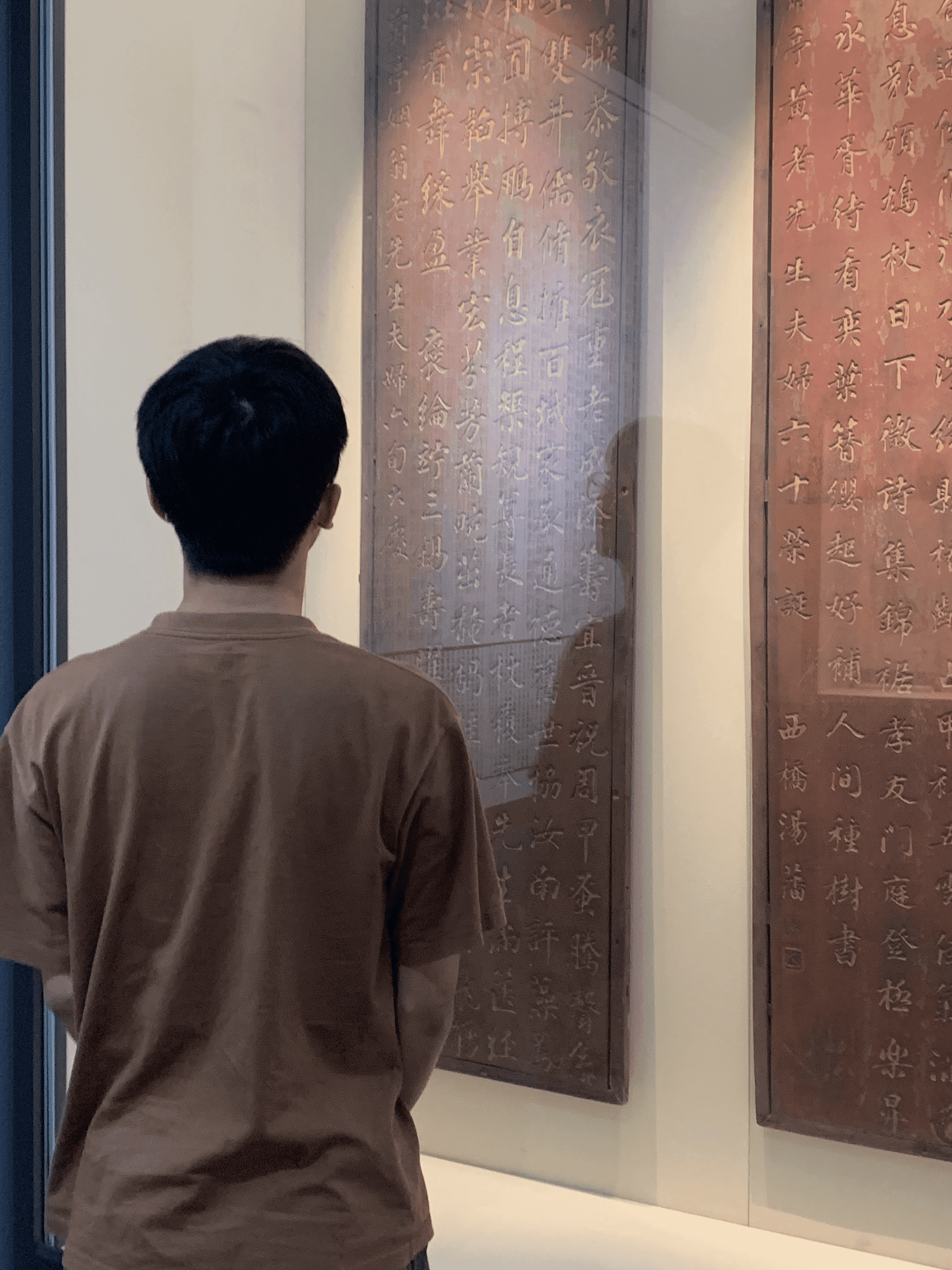
Pingxiang Nuo opera masks.
Pingxiang has historically been a developed area of Nuo culture, and is known as “one general within five miles and one Nuo god within ten miles”. The three treasures of Nuo culture (Nuo temples, Nuo masks, and Nuo dances) are extremely rich in relics: 48 ancient Nuo temples from the Song, Yuan, Ming and Qing Dynasties have been renovated to show their former glory; more than a thousand pieces of various shapes (including Buddhist, Taoist The ancient Nuo masks (all kinds of gods, Confucian and secular masks) show us the development of Pingxiang Nuo from the Shang and Zhou dynasties to the Ming and Qing Dynasties; the (120 fold) Pingxiang Nuo dance, known as the “living fossil” of drama and dance, vividly demonstrates It has ancient Nuo meanings such as “cutting off evil and eradicating evil”, “nursing peace and prosperity”, “bringing blessings to good fortune”.
Pingxiang Nuo. (2023-10-05). Baidu Encyclopedia. https://baike.baidu.com/item/pingxiang Nuo/160013
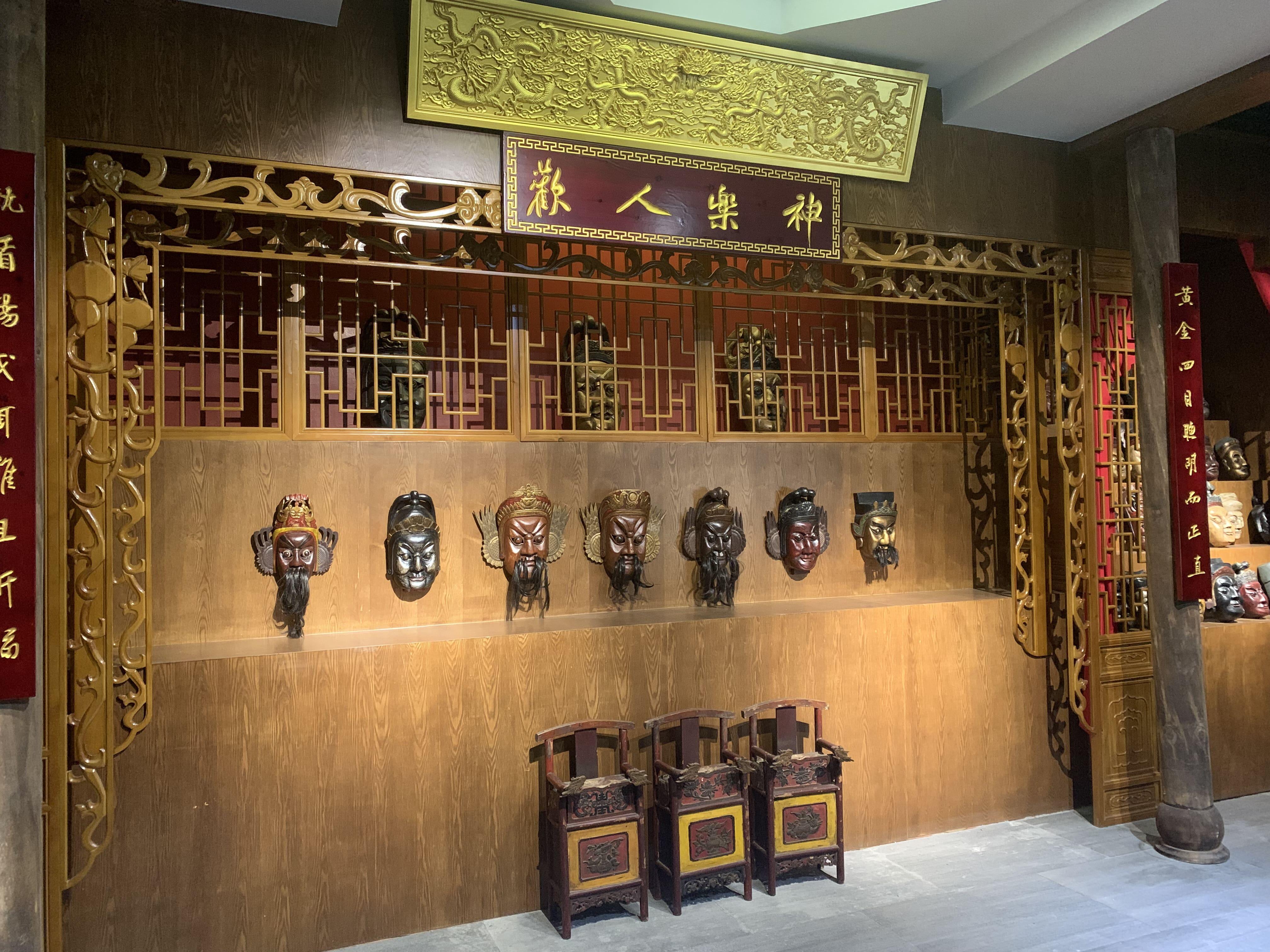

Pingxiang agricultural tax receipt stub from 1963.

Painting by Feng Zikai.
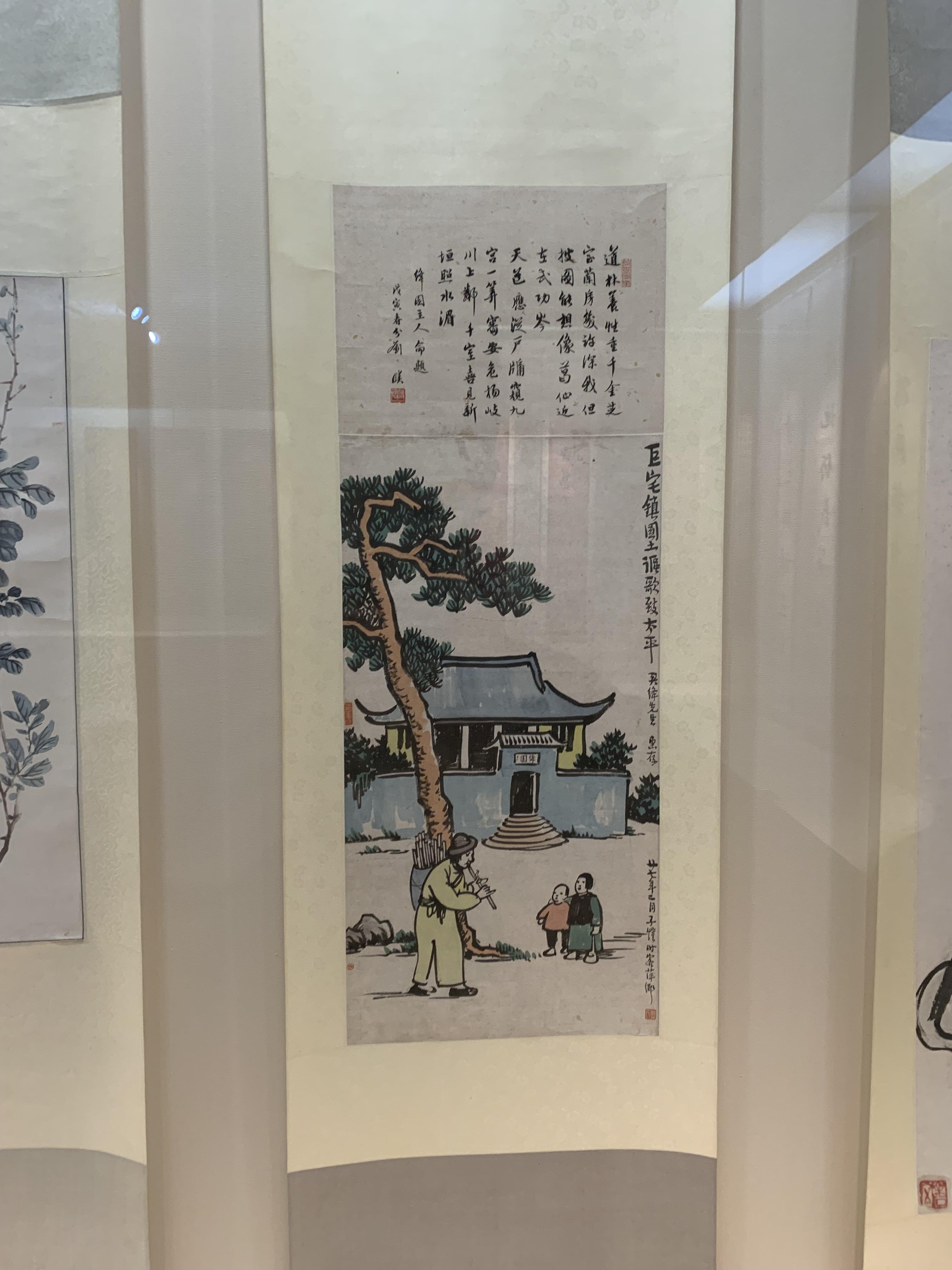
Paintings by Mei Lanfang.

Seven character couplets in the official script of Zeng Guofan of the Qing Dynasty.
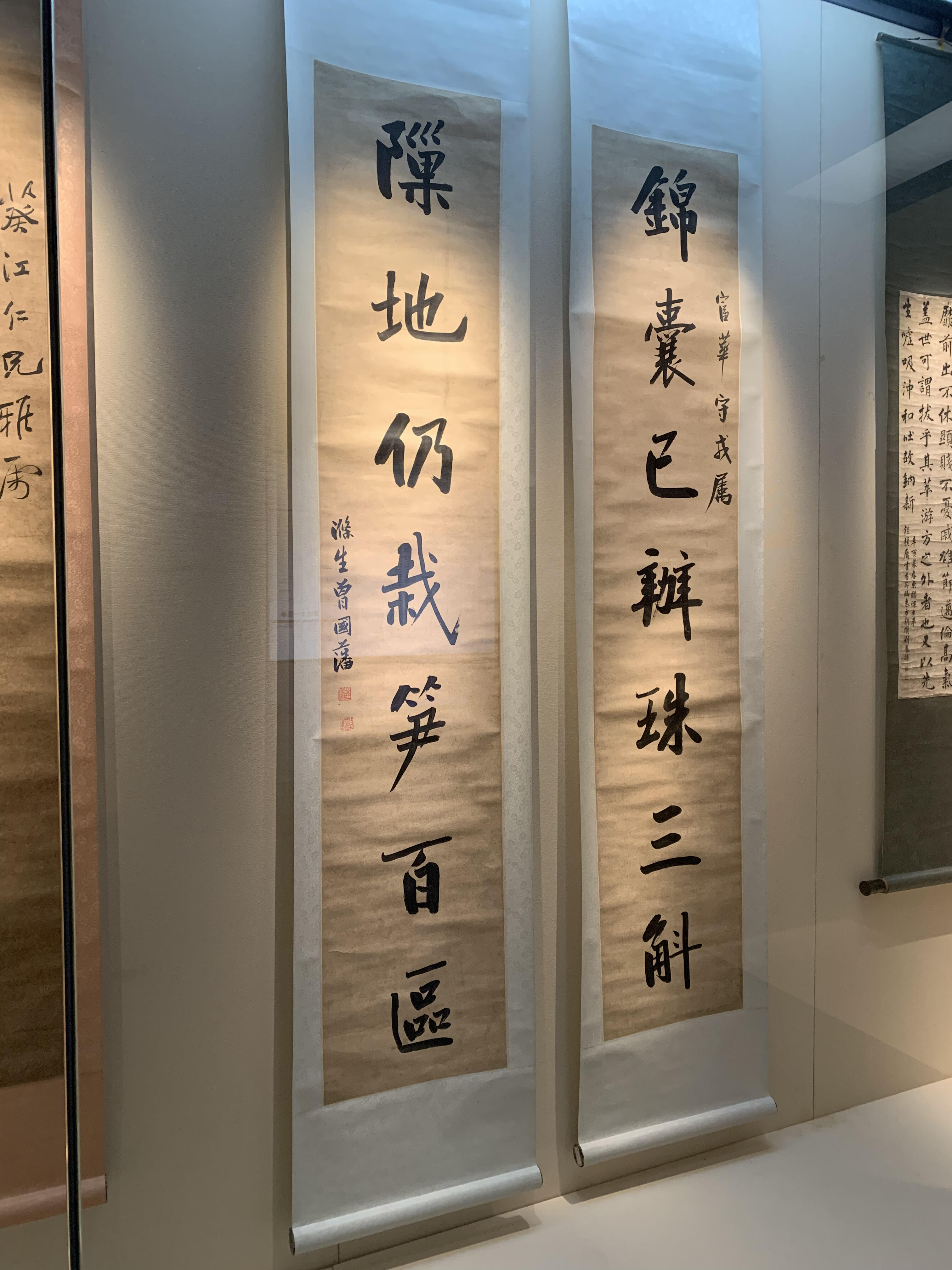
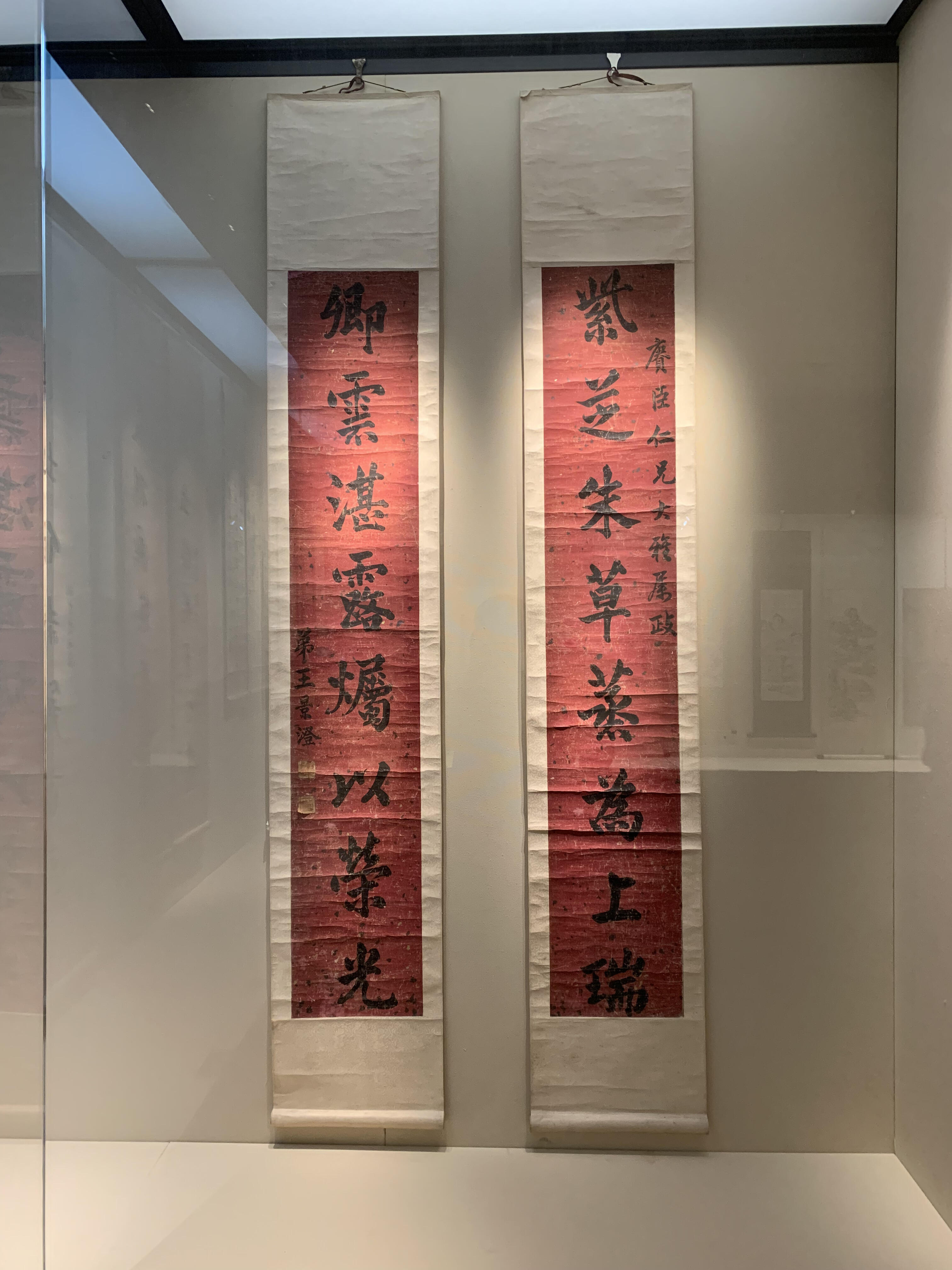
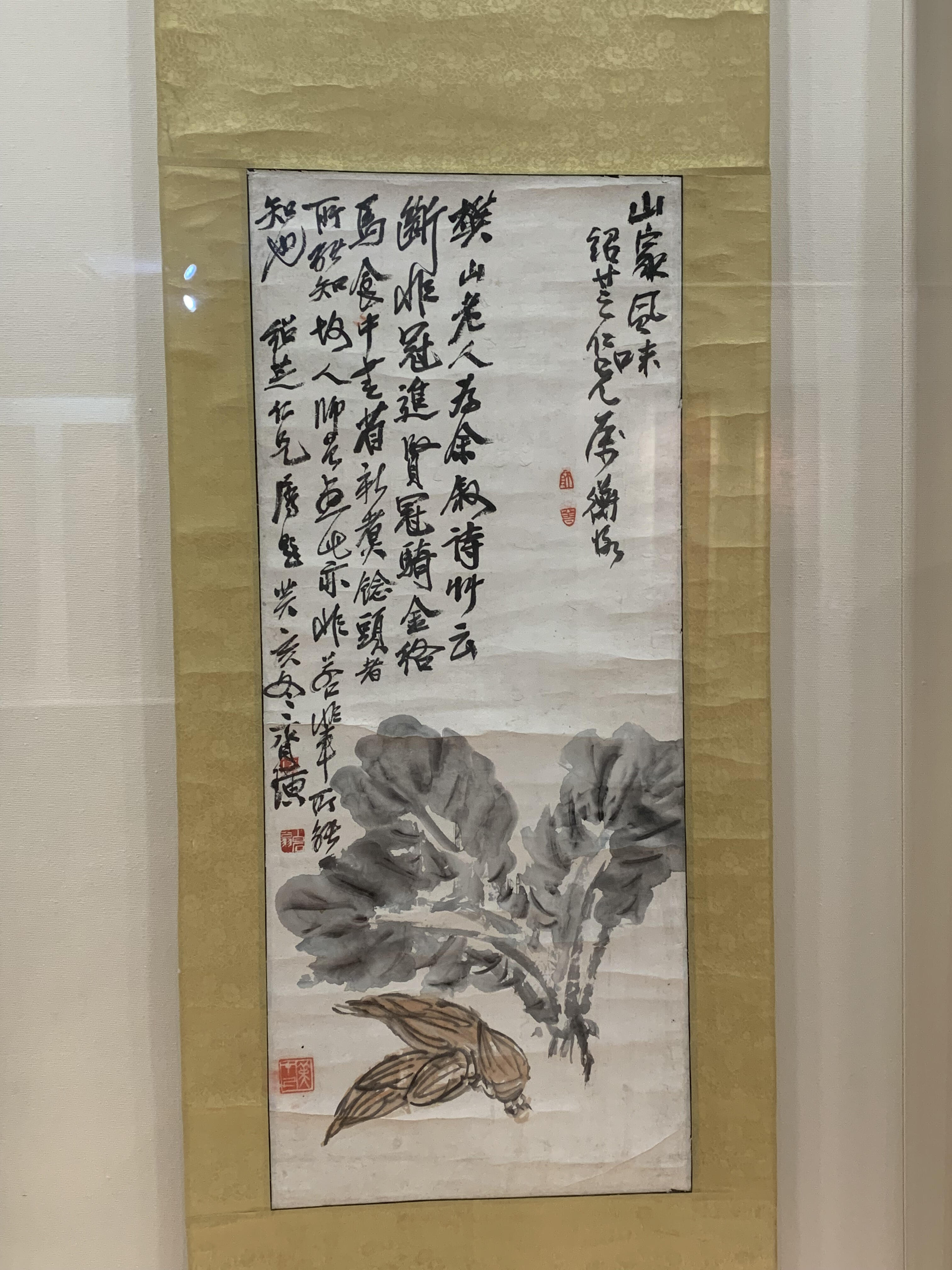
Standing scroll with Iron Immortal and colored pine and tiger in the Republic of China.
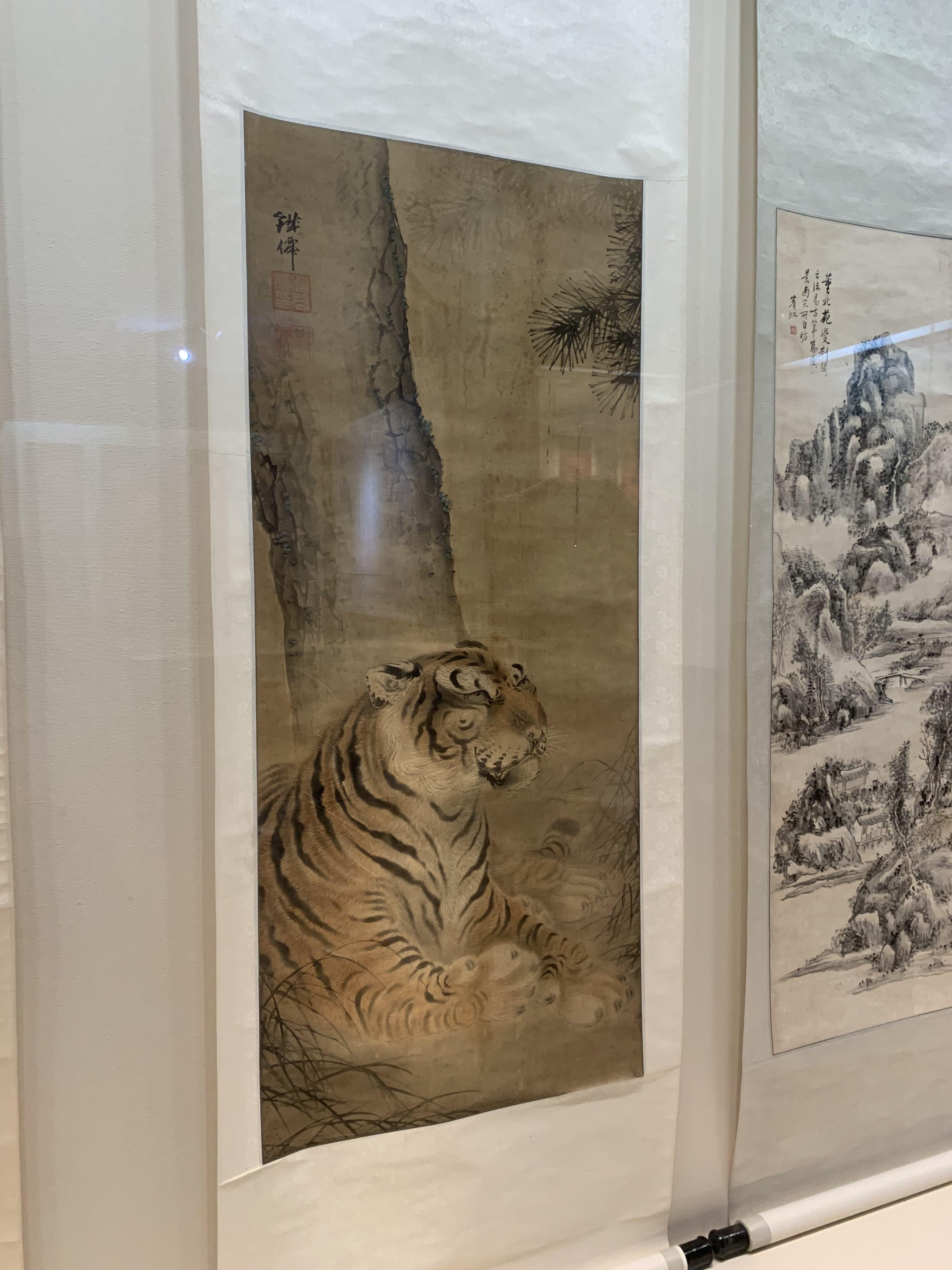
The scroll of “Amitabha” painted and colored by Qi Baishi in Wuchen period of the Republic of China.

It took less than half an hour to finish shopping. It doesn’t look like there are many collections, but there are quite a lot written on the official website.
As of December 31, 2022, the total number of items in our library’s collection is 6,029 items/set (the actual number is 16,303 items).
There are 4,550 pieces/set of cultural relics in the collection (actual number: 13,858 pieces), including 1,086 pieces/set of precious cultural relics (actual number: 1,568 pieces), including 21 pieces/set of first-class cultural relics (actual number: 26 pieces) and 74 pieces/set of second-level cultural relics. sets (actual number: 80 pieces), 991 third-level cultural relics/set (actual number: 1,462 pieces); general cultural relics: 3,395 pieces/set (actual number: 12,168 pieces).
There are 248 pieces/set of folklore collections (the actual number is 460 pieces); 315 pieces/set of modern calligraphy and painting collections; 356 pieces/set of reference items (the actual number is 1110 pieces); 560 pieces of specimen collections (including giant Ganoderma lucidum specimens and dinosaur egg fossils specimens, animal fossil specimens, pottery, stone tool specimens, etc.).
Pingxiang Museum official website. (2023-10-05). Collection of cultural relics. http://www.pxmuseum.com/

The general content is the above. There are still many photos that have not been released. You can only get a general idea by looking at the photos. The museum is still worth experiencing and browsing in person. You can also feel the weight of history through the glass.
The photos were taken with an iPhone. It took a long time to upload them to the photo gallery, and then they were compressed and presented on the blog. Which museum will you go to next time?
This article is reproduced from: https://yinji.org/5149.html
This site is only for collection, and the copyright belongs to the original author.